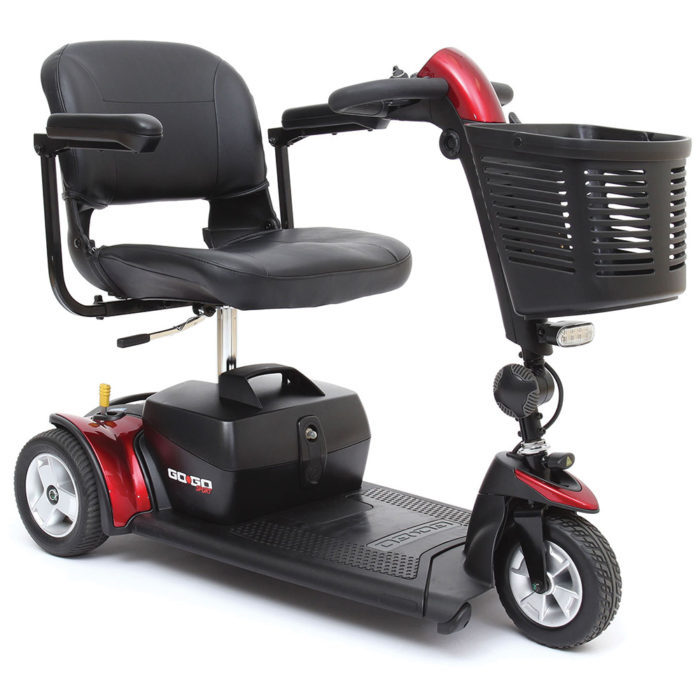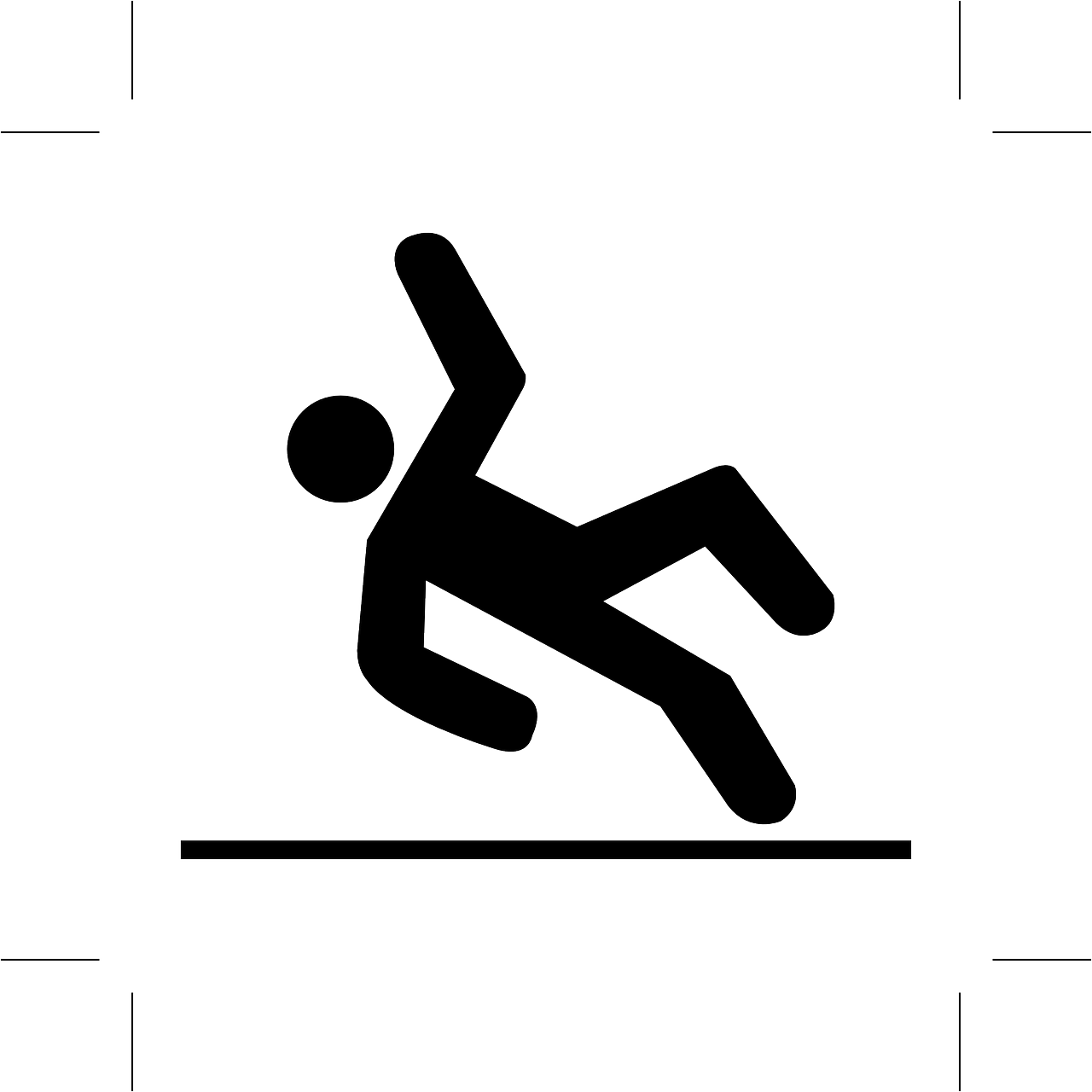Multiple sclerosis is a pain in my butt — and other places, too.
It hasn’t always been that way. For many years post-diagnosis, I didn’t notice much pain. But of the 43 years I’ve lived with MS, it’s hurt for the past 15. Usually, it’s just a dull ache in my lower back. I can also have a similar pain in my hips and butt. Once in a while, I get a very painful cramp in my lower left leg. The worst is when a shooting pain starts in my left hip and runs down my leg all the way to my foot. It can be so intense that my leg buckles. Yes, MS can hurt!
I’m not alone. I often read comments about pain on the MS News Today Facebook page. Yet some people complain that their doctor doesn’t associate MS with pain. That, understandably, can be a problem when seeking treatment.
A study calls it ‘ubiquitous’
A study published online last month in Multiple Sclerosis Journal – Experimental, Translational and Clinical may help educate some of the medical professionals who think MS is painless. Of the 231 people surveyed — 161 with relapsing-remitting MS and 70 with progressive MS — 95% reported they suffered some level of pain, 38% reported their pain was greater than mild, and 87% reported their pain limited some of their activities.
“Pain was nearly ubiquitous,” the researchers wrote, and it made no difference whether the person was living with relapsing-remitting or progressive multiple sclerosis.
How I treat my pain
It’s tough to pin down the sources of my pain. It may be due to nerve damage, my weak leg and core muscles from all the sitting I do, or the abnormal stress I place on parts of my body when I do walk because of my abnormal MS gait. Honestly, sitting at the keyboard as much as I do doesn’t help, but I gotta do what I gotta do, and a new desk chair has just arrived.
It’s also tough to pin down a treatment for multiple sclerosis pain. After years of trial and error, I’ve found three things that help me: gabapentin, physical therapy, and exercise. Gabapentin is an oral seizure medication that’s also used to treat restless leg syndrome. It’s used, off-label, to treat MS nerve pain and spasticity. I find that it helps with both. Physical therapy helps stretch and strengthen my legs and improve my core muscles. Exercise in a gym with a personal trainer has done much the same as physical therapy. In fact, I think it helps me more. Swimming and pool walking also play a part in my pain-relief program. But all of these activities must be done regularly to be effective.
I’m not a healthcare professional, and MS affects people differently, so I’m not prescribing any of these things for you. But if a doctor ever tells you that MS isn’t painful, you now have a few tools you can discuss with them.
(A version of this post first appeared on the MS News Today website.)



